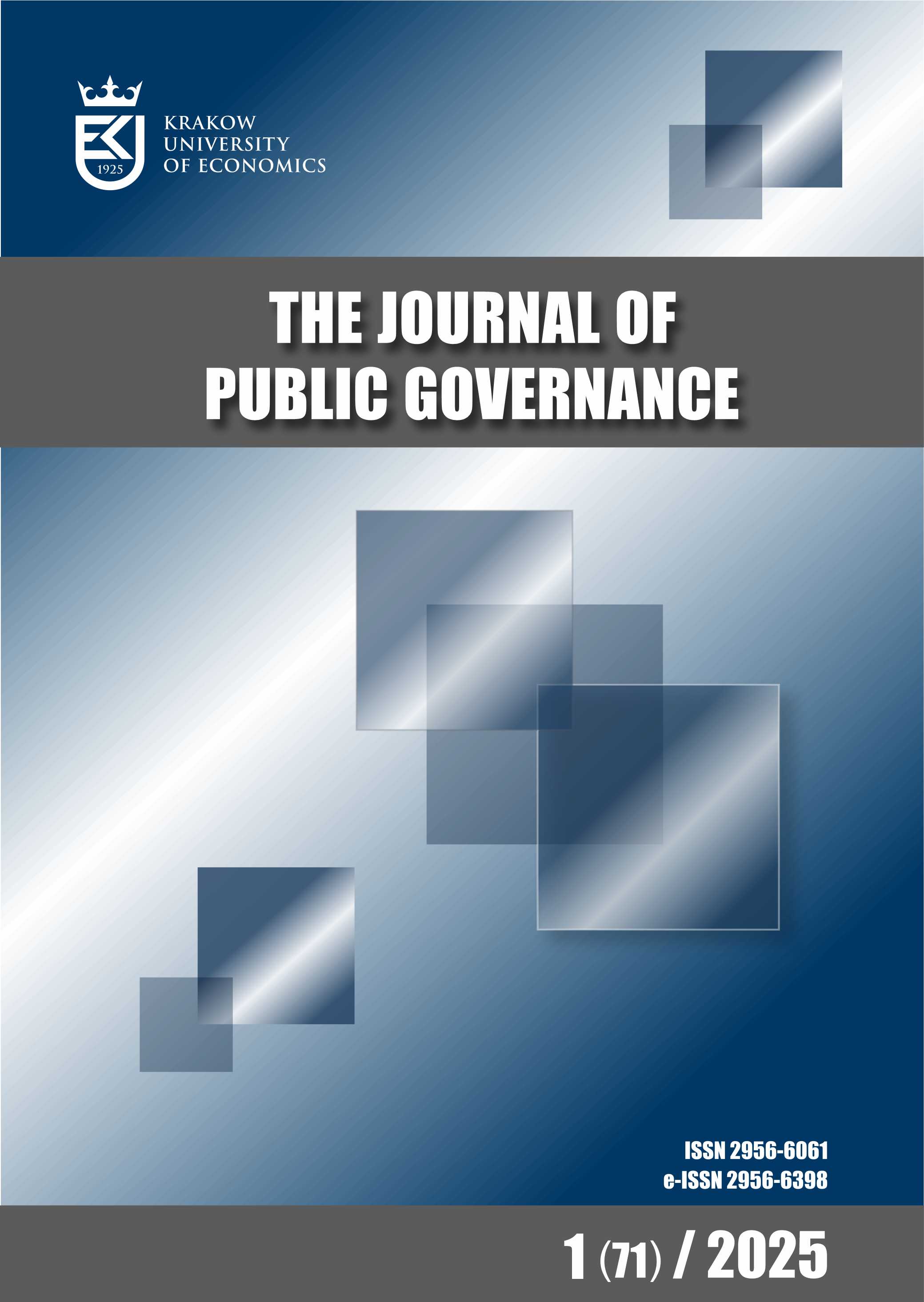The system paradigm revisited: Clarification and additions in the light of experiences in the post-socialist region – Part III
DOI:
https://doi.org/10.15678/ZP.2018.43.1.01Keywords:
autocracy, democracy, capitalist system, socialist system, post-socialist transition, HungaryAbstract
The term paradigm was introduced to the philosophy of science by Thomas Kuhn – he used this term to denote the specific approach applied by a school of research to examine its subject matter. Using the same paradigm, researchers seek answers to similar questions, and employ similar methods and concepts. In an article published in 2000, the author of this essay introduced the term system paradigm, which focuses on the systems functioning in a society. This study develops the theoretical considerations outlined in that earlier article on the basis of experience of post-socialist transition.
The first part compares the socialist and capitalist systems, describing their main characteristics, and concludes that the capitalist system has become established in former socialist countries, except for North Korea and Cuba. The second part analyzes varieties of capitalism within a typology which classifies prevailing forms of politics and government. Three markedly different types are identified: democracy, autocracy, and dictatorship. Huntington wrote about the “third wave” of democratization. This study concludes the third wave has dried up: for the 47 postsocialist countries, only a tenth of the population live in democracies, while autocracy or dictatorship prevails in all other countries in this group. The third part of this essay applies the conceptual and analytical apparatus to Hungary, where capitalism exists, and autocracy is the prevailing politico-governmental form – here we can find important characteristics common to other capitalist countries or other autocracies. This finding is compatible with the observation that there are some less fundamental characteristics unique to Hungary, or “Hungarica”, which differ from the characteristics of all other countries.
Downloads
References
Ágh, A. (2016). Bánatos regionális körkép. Élet és Irodalom, 60(12).
Bauer, T. (2016). Szabadságharc – az első lépések. Manuscript. Budapest: Institute of Economics, Centre for Economics and Regional Studies, Hungarian Academy of Sciences.
Bozóki, A. (2016). Van félnivalójuk. Interview by Bita, D., Pető, P. Népszabadság, dodatek weekendowy, 9 kwietnia.
Corruption Research Center Budapest (2016). Competitive Intensity and Corruption Risks. Statistical Analysis of Hungarian Public Procurement – 2009–2015. http://www.crcb.eu/wp-content/uploads/2016/05hpp_2016_crcb_report1_en_160513_.pdf.
Debreczeni, J. (2009). Arcmás. Budapest: Noran Libro.
Halmai, G. (2010). Búcsú a jogállamtól. Élet és Irodalom, 40(29), 22 lipca.
Hirschman, A. O. (1970). Exit, Voice, and Loyalty. Cambridge, Massachusetts: Harvard University Press.
Huntington, S. P. (1996). The Clash of Civilizations and the Remaking of World Order. New York: Simon and Schuster.
Kende, P. (2013). Államiság a kommunizmus után. Bratislava: Kalligram.
Kis, J. (2014). Mi a liberalizmus? Bratislava: Kalligram.
Kornai, J. (1980). The dilemmas of a socialist economy: The Hungarian experience. Cambridge Journal of Economics, 4(2), 147–157.
Kornai, J. (2011). Taking stock. CESifo Forum, 12(2), 63–72.
Kornai, J. (2012). Centralization and the capitalist market economy. Economics of Transition, 20(4), 569–591.
Kornai, J. (2015). Hungary’s U-turn. Journal of Democracy, 26(3): 33–48.
Körösényi, A. (red.) (2015). A magyar politikai rendszer – negyedszázad után. Budapest: Osiris –TÁRKI Social Research Institute.
Magyar, B. (2016). Post-Communist Mafia-State – The Case of Hungary. Budapest: CEU Press, Noran Libro.
Magyar, B., Vásárhelyi, J. (red.) (2013). Magyar polip. A posztkommunista maffi aállam, t. 1. Budapest: Noran Libro.
Magyar, B., Vásárhelyi, J. (red.) (2014). Magyar polip. A posztkommunista maffi aállam, t. 2. Budapest: Noran Libro.
Magyar, B., Vásárhelyi, J. (red.) (2015). Magyar polip. A posztkommunista maffi aállam, t. 3. Budapest: Noran Libro.
Mihályi, P. (2015). A privatizált vagyon visszaállamosítása Magyarországon 2010–2014. Budapest: Institute of Economics, Centre for Economics and Regional Studies, Hungarian Academy of Sciences.
Orbán, V. (2009/2010). Megőrizni a létezés magyar minőségét, http://www.fi desz.hu/hírek/2010-02-17/meg337rizni-a-letezes-magyarmin337seget/.
Rainer, M. J. (red.) (2012). Búvópatakok – a feltárás. Budapest: 1956 Institute.
Rainer, M. J. (red.) (2013). Búvópatakok – széttekintés. Budapest: 1956 Institute.
Tamás, G. M. (2005). Lassú válasz Kis Jánosnak. Népszabadság, 1 października.
Ungváry, R. (2014). A láthatatlan valóság. Bratislava: Kalligram.



